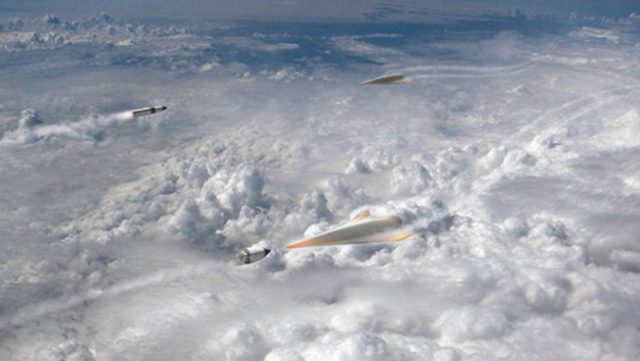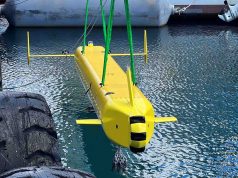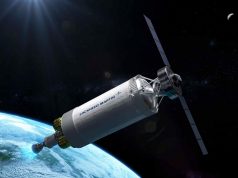The US Defense Advanced Research project Agency (DARPA) is seeking contractors for wind tunnel and flight testing of a hypersonic missile interceptor that would be developed as part of the Glide Breaker program.
Glide Breaker intends to advance the United States’ means to counter hypersonic vehicles by enabling intercept of hypersonic threats in glide phase utilizing an interceptor launched from an Aegis MK-41 Vertical Launch System (VLS).
In particular, the focus of Glide Breaker is on enabling a divert and attitude control system (DACS) propelled kill vehicle (KV) capable of intercepting hypersonic threats during glide phase.
In Phase 1 of the Glide Breaker program, two DACS prototypes capable of achieving the desired performance objectives were designed and are being fabricated and demonstrated.
Testing in Phase 1 included component tests and static hot-fire demonstrations of the integrated DACS prototypes.
Phase 1 was a critical step, but did not address endoatmospheric effects such as controlling the kill vehicle in the presence of jet interaction (JI) between the DACS jets and the hypersonic cross flow.
JI in this regime is complex and dependent on a large number of factors. The Advanced Interceptor Technology (AIT) program in the 1990’s was one of the few projects that have gathered data in this regime. AIT showed that JI effects are highly dependent on outer mold line geometry (including nosecone angle), jet placement, jet geometry, jet thrust, and chemistry effects resulting from unburned propellant reacting with the crossflow.
“Glide Breaker Phase 1 developed the propulsion technology necessary to achieve hit-to-kill against highly-maneuverable hypersonic threats. Phase 2 of the program will develop the technical understanding of jet interactions necessary to enable design of propulsion control systems for a future operational glide-phase interceptor kill vehicle. Phases 1 and 2 together fill the technology gaps necessary for the US to develop a robust defense against hypersonic threats,” said Major Nathan Greiner, program manager in DARPA’s Tactical Technology Office.
Glide Breaker Phase 2 seeks to develop the knowledge required to enable a DACS-propelled KV to intercept threats during glide phase in the presence of JI effects. If successful, the results of Phase 2 will provide the foundation for a future program of record interceptor.
Phase 2 performers shall execute wind tunnel and flight testing of a demonstration system payload to characterize and quantify the effect of JI on a DACS-propelled kill vehicle.
As stated in the solicitation, the primary deliverable for Phase 2 is a data set from the wind tunnel and flight tests that enables validation of models and informs future design activities.
DARPA says proposals are to include two flight tests of the demonstration system. The objectives of the tests are to inform scaling of data collected in the wind tunnel to flight conditions and investigate JI effects that cannot be adequately tested in the wind tunnel.
The proposed operational system (OS) concept should be a multi-stage VLS-launched system with a DACS-propelled KV. Proposals should detail the entire OS concept. Additionally, proposals should justify the sufficiency of the concept to intercept hypersonic threats in glide phase.
At a minimum, this should include modeling and simulation of the OS KV from the expected release conditions to intercept of realistic threat trajectories.
To achieve the test objectives, DARPA anticipates the demonstration system will incorporate a multi-stage sounding rocket or other low-cost booster system that boosts its payload to relevant flight test conditions.



























